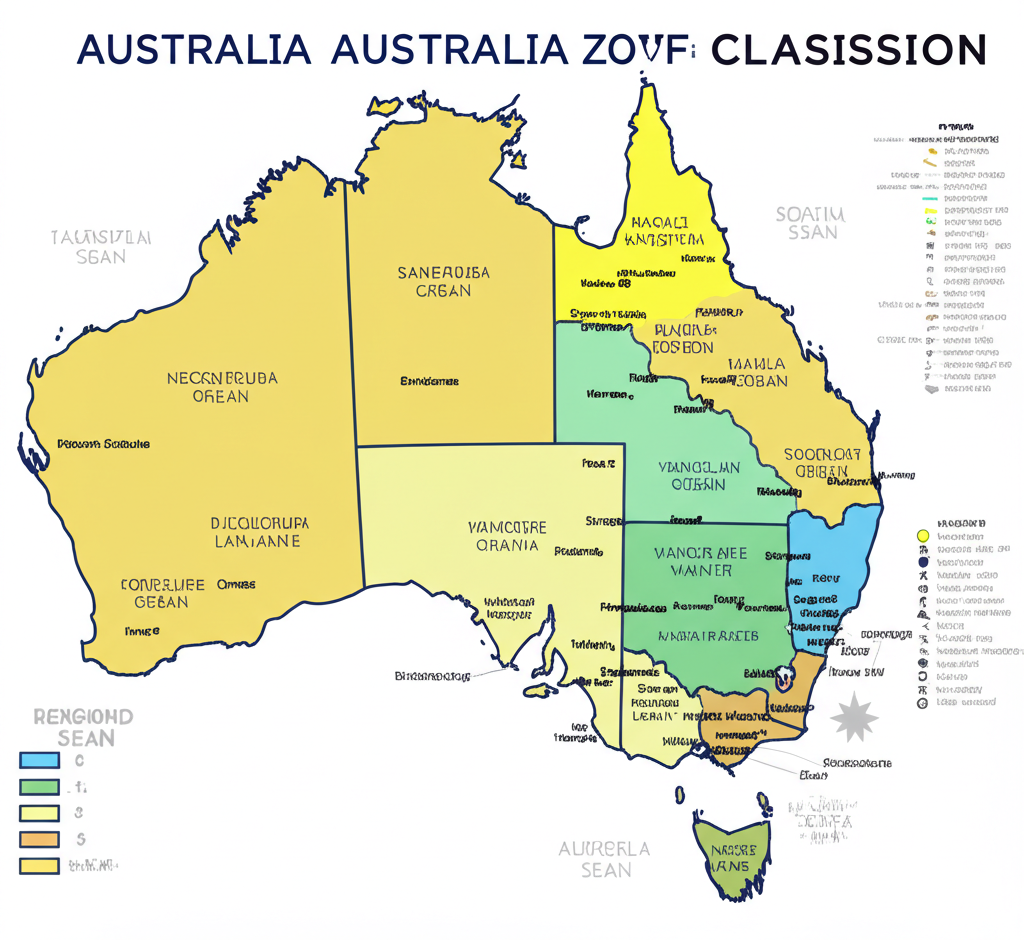DPA & MMM Classifications
Understanding geographical classifications and their impact on GP recruitment

Geographical classifications play a crucial role in GP recruitment in Australia. They determine where International Medical Graduates (IMGs) can work, what incentives are available, and can significantly impact your practice's ability to attract and retain doctors.
Distribution Priority Area (DPA)
A Distribution Priority Area (DPA) is a classification that identifies locations in Australia with a shortage of medical practitioners. This classification replaced the previous District of Workforce Shortage (DWS) system in July 2019.
Key Points:
- DPA status is determined based on the GP-to-population ratio, demographics, and socioeconomic factors
- Classifications are reviewed annually
- All locations in MMM 5-7 are automatically classified as DPA, regardless of GP service levels
DPA status has significant implications for GP recruitment, particularly for practices looking to hire International Medical Graduates.
Benefits of DPA Status:
- Access to IMGs: Practices in DPA locations can recruit doctors subject to Section 19AB restrictions (10-year moratorium)
- Bonded Medical Programs: Doctors under bonded programs can work in DPA locations
- Workforce Programs: Access to programs like More Doctors for Rural Australia Program (MDRAP)
- Recruitment Advantage: Broader pool of potential candidates
Modified Monash Model (MMM)
The Modified Monash Model (MMM) is a geographical classification system that categorizes areas based on remoteness and population size. It ranges from MM1 (major cities) to MM7 (very remote communities).
MMM Categories:
- MM1: Major cities
- MM2: Regional centers (50,000 - 100,000 people)
- MM3: Large rural towns (15,000 - 50,000 people)
- MM4: Medium rural towns (5,000 - 15,000 people)
- MM5: Small rural towns (fewer than 5,000 people)
- MM6: Remote communities
- MM7: Very remote communities
MMM classification determines eligibility for various incentives and support programs.
Benefits Based on MMM Classification:
- Workforce Incentive Program: Higher payments for more remote locations (MM3-MM7)
- Rural Procedural Grants Program: Available to GPs in MM3-MM7 locations
- Rural Bulk Billing Incentives: Higher incentives for MM5-MM7 locations
- HELP Debt Reduction: Doctors working in MM3-MM7 areas may be eligible for HELP debt reduction